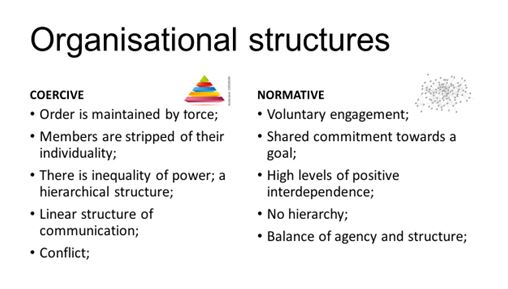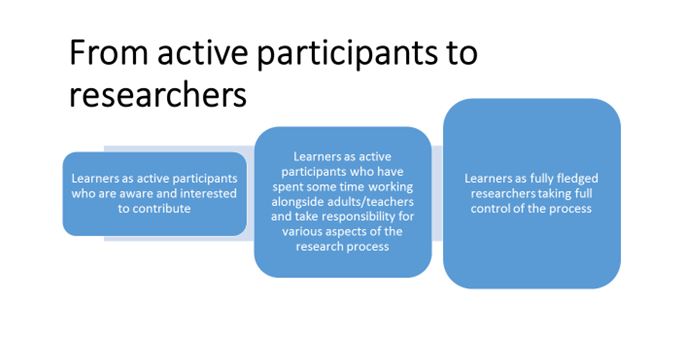 Annamaria Pinter is an Associate Professor at the Centre for Applied Linguistics in the University of Warwick and she is the author of Teaching Young language Learners (2nd edition, 2017). To find out more about Annamaria Pinter’s work, you can download sample material from ‘Teaching Young Language Learners’.
Annamaria Pinter is an Associate Professor at the Centre for Applied Linguistics in the University of Warwick and she is the author of Teaching Young language Learners (2nd edition, 2017). To find out more about Annamaria Pinter’s work, you can download sample material from ‘Teaching Young Language Learners’.
Agency and Structure
In all situations of life, at work, at home, on holiday or on a shopping trip, we can exercise some choice or ‘agency’ about what we wish to do. At the same time, however, we are usually constrained by systems around us. For example, when driving home from work, the route we take is our decision, but our choices will be constrained by systems such as the traffic, the layout of the road system or by how much time we can devote to the journey.
In schools too, children as well as teachers, can exercise some agency but they are also controlled by the systems in place. Children are told when they can sit down and stand up, when they can leave the classroom, how long each break is and when it is their turn to answer a question. In fact, children traditionally have very little agency because teachers and adults control almost all the aspects of their lives.
This control is because schools are highly structured organisations and look like pyramids. In a pyramid or ‘coercive’ structure there is inequality of power and those at the top impose their order. Less structured or ‘normative’ organisations look more like networks where there is less hierarchy and engagement is more voluntary.

Children taking more control
In this webinar I will be exploring what teachers can do to move away from classrooms that look like pyramids to classrooms that function more like networks of learners. I will be suggesting that when teachers are ready to give over some agency and control, children are very much capable of making informed choices for themselves about their learning and taking responsibility for their actions. More agency in learning comes with higher levels of motivation, self-awareness and a sense of accomplishment.
I will be sharing some real classroom examples from a variety of contexts and countries where children have been encouraged to take more control. Some examples indicate how giving children just a little more agency than usual can make a big difference.
I will be taking examples that illustrate how some children may become interested in exploring their own classrooms and their learning and given the agency and the opportunity, they can become co-researcher or researchers. In doing so, we will look at the differences are between academic research in universities, teachers’ research undertaken in classrooms and children’s research.

Small changes can lead to big outcomes
It is important to acknowledge that different teachers may want to offer more or less agency to their learners depending on their circumstances and there are no rules to follow. Encouraging children to become researchers is not a feasible goal for everyone and certainly not every child will be interested in this. Giving children more agency in some classrooms might just mean offering some opportunities of choice between different activities or regularly encouraging children to recommend materials and ideas to the teacher. Many teachers are constrained heavily regarding how much agency they can offer in their classrooms but even a small first step can eventually go a long way!
Further reading
Pinter A and S Zandian 2014 I don’t ever want to leave this room- researching with children ELT Journal 68/1: 64-74.
Kellett M 2010 Rethinking Children and Research London: Continuum

